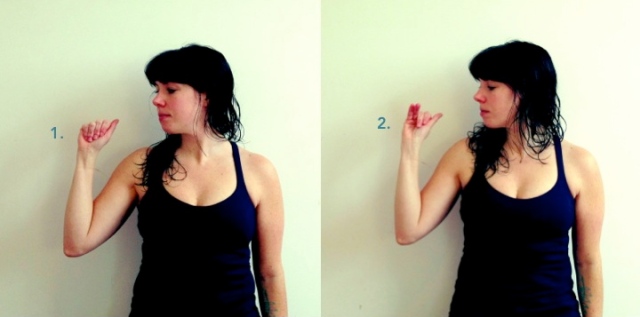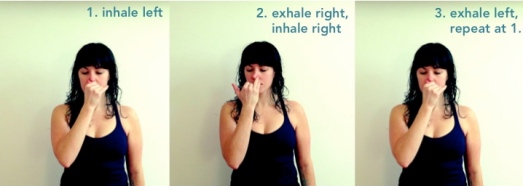We’ve been discussing sleep issues… why sleep is important (here) and sleep disorders in Parkinson’s disease (here)
“Each night, when I go to sleep, I die. And the next morning, when I wake up, I am reborn.” M. Ghandi
A little yoga before bed can be a great way to wind down the body, and mind too, and prep for a good sleep. Here are three poses for a relaxing bedtime sequence.
Next time you find yourself counting sheep, try these poses instead! much love
1. a) Figure 4 / Eye of the Needle
lying on your back, cross one leg over the other with the outside of the ankle resting on the opposite knee. Either place our hand on the knee to create pressure OR reach your arm through the triangle between your legs and clasp your hands around the back of your leg of the non-bend side. Keeping your shoulders on the ground and a long spine, gently pull the hamstring towards your belly and feel a stretch to the opposite side. Repeat other side.
OR
1. b) One-legged Pigeon (Kapotasana)
Come onto hands and knees. Bring your left knee forward and place it near your left wrist, with your shin on a diagonal and your left heel pointing toward your right frontal hipbone.
Maintaining a square hip alignment, shimmy your right toes back until your right thigh releases to the floor. Move your left foot and shin toward the front of your mat, aiming for your shin to be parallel to the front edge, and flex your foot to protect your knee. If you wish to go deeper: using your arms for support, walk your upper body to rest your forehead on stacked fists or on the ground. Repeat other side.
–
2. Stacked Ankle to Knee / Firelog (Agnistambhasana)
Sitting tall with your knees bent, feet on the floor. Slide your left foot under your right leg to the outside of your right hip, and lay the outer leg on the floor. Then, stack your right leg on top of the left. Be sure the right ankle is outside the left knee (i.e., sole is perpendicular to the floor). If you are more flexible, slide your left shin forward directly below the right; otherwise, keep the left heel beside the right hip. If you’re tight in the hips, simply sit with your shins crossed in Sukhasana (Easy Pose). Repeat other side.
–
3. reclining twist
Lie on your back and draw both knees into your chest. Open your arms to the side like wings and drop the knees to one side, turning your gaze to the opposite side. Place hand onto of outer thigh to add more resistance to your twist. If your shoulder/hips begin to float up, place a blanket under the shoulder or a bolster along the spine. Repeat other side.
happy hips = happy sleep! much love.
–
… more great yoga pose ideas at: http://tarastiles.com













